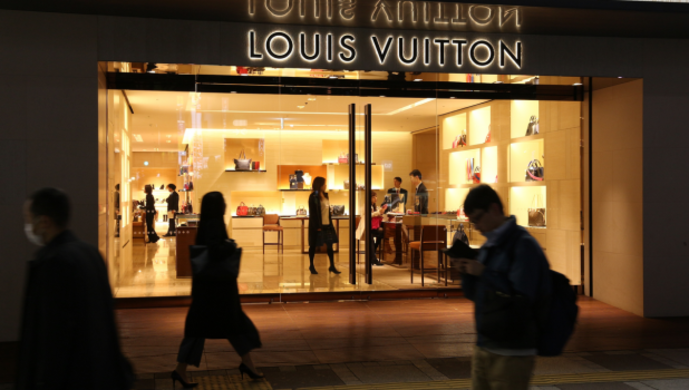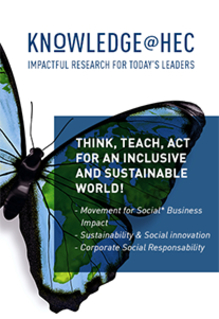Micro influencers vs macro influencers: What does research say?
There is first empirical evidence that targeting micro influencers may be more effective than targeting macro influencers in the context of unpaid endorsements. In a recent article published in the Journal of Marketing Research, we find that targeting micro influencers is six times more effective than targeting macro influencers. This finding is especially relevant for small and medium-sized enterprises that don’t have the financial means to compensate influencers. Here is a short write-up of this article* on Forbes.
*“Climb or Jump: Status- Based Seeding in User-Generated Content Networks,” Andreas Lanz, Jacob Goldenberg, Daniel Shapira, and Florian Stahl (2019), Journal of Marketing Research, 56(3), 361–378.
Targeting micro influencers is six times more effective than targeting macro influencers.
How to increase responsiveness of such micro influencers in the context of unpaid endorsements?
Our publication in the Journal of Marketing Research has left one great potential untouched: the value of the network. Therefore, in a follow-up project we asked ourselves how the value of the network can directly support seeding efforts. Interestingly, we find that the followers can serve as influence corridors to target their followers – and these friends of friends are generally much more responsive than random micro influencers. In fact, using data-based simulations, we find that targeting such “connected” micro influencers – the friends of friends – gives an effectiveness gain of 26% over targeting “unconnected” micro influencers.
*I will be presenting this project at the ISMS Marketing Science Conference: “Influence Corridors: A New Path to Seeding Targets in User-Generated Content Networks” by Jacob Goldenberg, Andreas Lanz, Daniel Shapira, and Florian Stahl.
Does this empirical finding in the context of unpaid endorsements also hold for paid endorsements?
This question is an extremely important one as compensations for influencer endorsements are surging and are expected to exceed 15B USD by 2022. In several field experiments on Instagram, we find supportive evidence that our empirical finding in the context of unpaid endorsements also holds for paid endorsements. Currently, we are also analyzing unique secondary data and it seems that there is convergent validity: macro influencers may indeed not be as effective, as mostly implicitly assumed.
*Maximilian Beichert will be presenting this project at the ISMS Marketing Science Conference: “Who to Target? Low- Versus High-Status Seeding in User-Generated Content Networks” by Maximilian Beichert, Andreas Bayerl, Jacob Goldenberg, and Andreas Lanz.
When targeting micro influencers, how to control their content creation in order to maximize their value?
In influencer marketing, there exists an agency problem, because the goals of influencers may very well deviate from the ones of managers buying the endorsements. Hence, the question is how to control influencers. Typically, managers send out influencer briefings providing guidelines for the endorsements they intend to buy. In these briefings, managers can constrain influencers in their content creation. Based on our empirical analysis of endorsements on Instagram, we find that imposing stronger constraints with respect to content creation are associated with higher engagement with the Instagram posts.
*Reto Hofstetter will be presenting this project at the ISMS Marketing Science Conference: “Influencing on Short Leashes: How Contract Design Drives Influencer Marketing Performance” by Reto Hofstetter, Andreas Lanz, Navdeep Sahni, and Martin Faltl.
We suggest targeting individuals before they become influencers, using predictions including deep learning, and buy future endorsements from these prospective influencers while they are still unknown.
In case one wants to target macro influencers nevertheless, is there a way to reduce costs?
Yes, there is. However, we propose a rather unconventional way, because we suggest an entirely new influencer marketing approach where a manager should engage prospective influencers, as opposed to actual influencers. In fact, we suggest targeting new sign-ups, that is, individuals before they become influencers, using predictions including deep learning, and buy future endorsements from these prospective influencers while they are still unknown. In a way, we introduce the notion of future in the influencer marketing domain, which heavily reduces costs. Our empirical application shows that this approach can – besides reducing costs – generate significant profits.
*Daniel Shapira will be presenting this project at the ISMS Marketing Science Conference: “Future Endorsements of Prospective Influencers as an Alternative Approach to Influencer Seeding in User-Generated Content Networks” by Andreas Lanz, Jacob Goldenberg, Daniel Shapira, and Florian Stahl.










